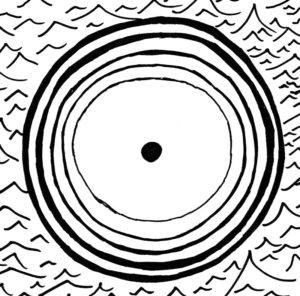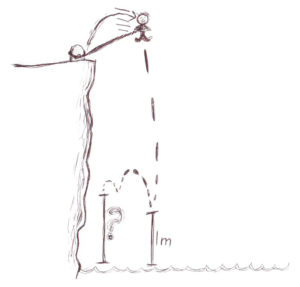For our final Fascinating Frequencies challenge, we will be using chemistry, physics, simulations, and orbits.
An experiment is held in space station orbiting earth from a geostationary orbit. Unfortunately, the scientists onboard forgot to properly secure one side of the space station. The side pointing prograde. Well, at least not retrograde, but their orbit is still messed up seriously. The reaction was between sodium and fluorine, with 19 kilograms fluorine and 23 kilograms sodium. The mass of the space station is 500 megagrams, including remaining fuel. How many grams of fuel must the scientists burn minimum to bring their rocket back to geostationary orbit? The scientists’ rocket fuses hydrogen and oxygen.


